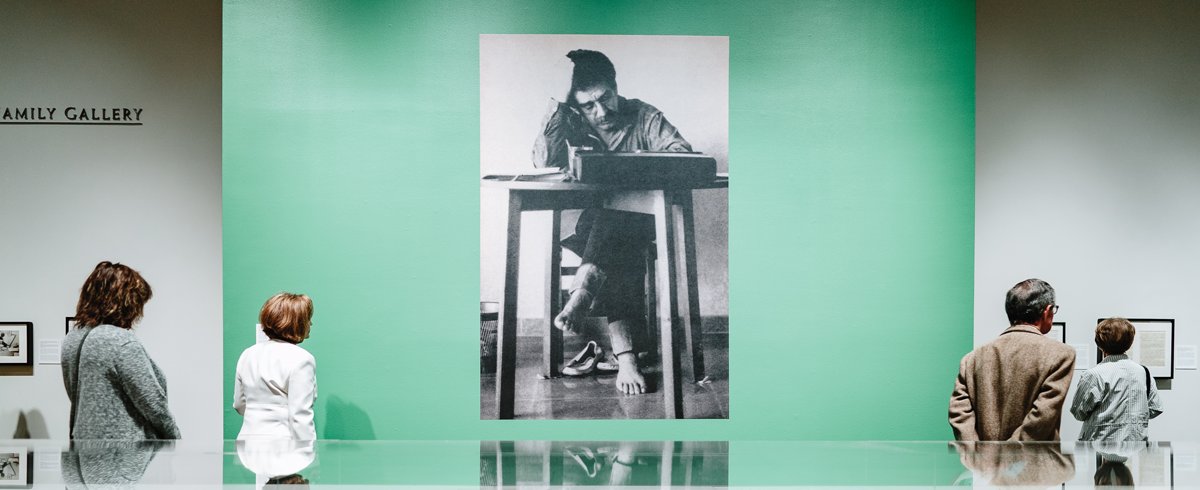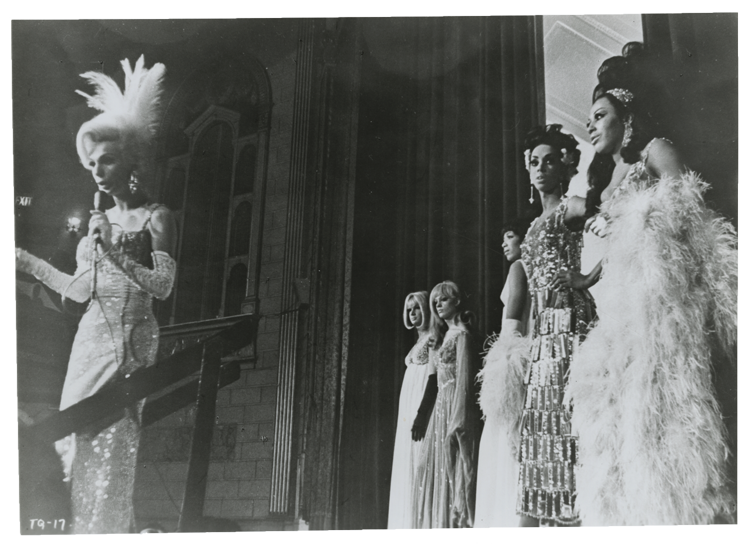Powering Discoveries
Faith Singer-Villalobos
Related Articles
Archiving the Arts
Harry Ransom Center entrusts TACC with the preservation of digital collections

The world-class collections at The University of Texas at Austin’s Harry Ransom Center provide unique insight into the creative process of some of the finest writers and artists, deepening the understanding and appreciation of literature, photography, film, art, and the performing arts.
The collections include nearly one million books, more than 42 million manuscripts, five million photographs, and 100,000 works of art.
“We typically have thousands of research visitors and students coming through our reading room and classrooms each year to have a direct experience with our collections. COVID-19 has put a stop to that,” said Jim Kuhn, associate director for the Library Division. “More and more of our support will be to provide digital surrogates to instructors who are engaged in online teaching.”

Fortunately, over the past two years, the Ransom Center and TACC have been working to securely store the center’s digital collections on TACC’s Corral data management system, a repository for large-scale digital collections.
“TACC offers uncompressed replication that’s geographically distributed, which is extraordinarily important to us,” Kuhn said. “We’re confident should a file go corrupt it can be retrieved from the second location. This is an important first step in terms of providing long-term access to this material.”
In many cases, the Ransom Center has the only or the last surviving copy of a film that doesn’t exist anywhere else, Kuhn said. One example is "The Queen" — a documentary chronicling a 1967 drag queen competition called the Miss All-America Camp Beauty Contest that took place at New York City's Town Hall. The film was re-released in 2019 based on a copy found at the Ransom Center.
For many years, the Ransom Center has also been accumulating ‘born-digital’ collections, like email and computer documents. Scholars visiting the Ransom Center can’t turn on the personal computer of the Colombian author and Nobel laureate Gabriel García Márquez’, but researchers can digitally access the manuscripts and correspondence that were on his computer.
“We’re stewards of these collections, whether we’ve created the digital artifact or it was given to us,” Kuhn said. “It’s our responsibility to save this material in perpetuity. That's what TACC is enabling us to begin to do.”

